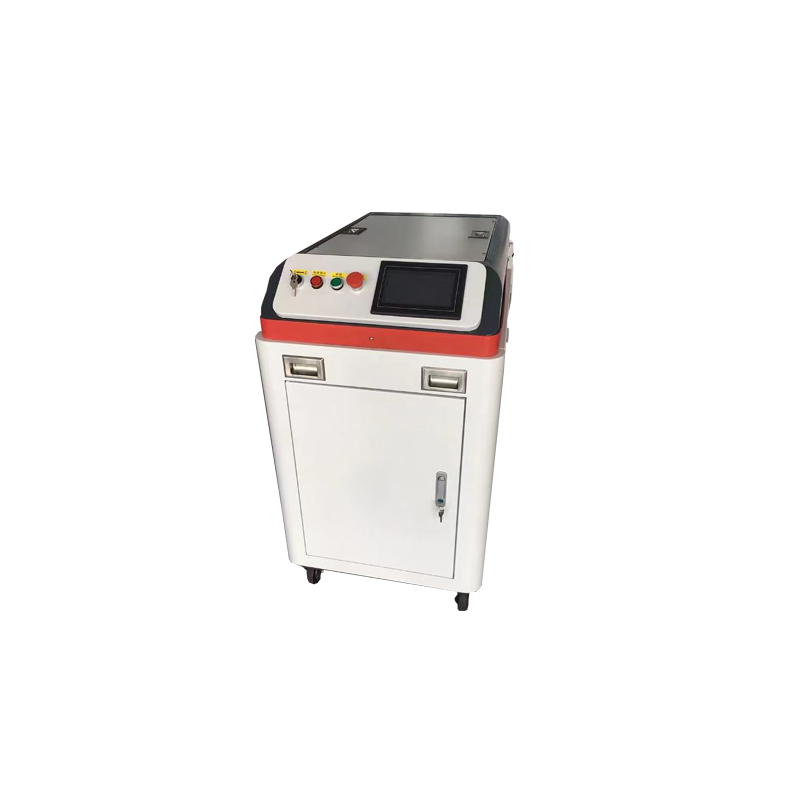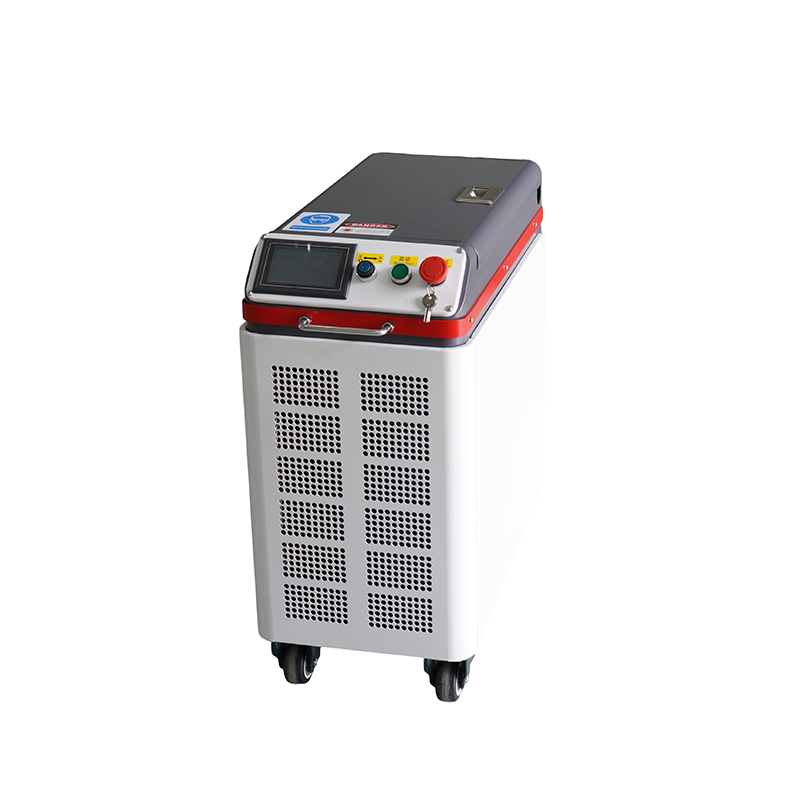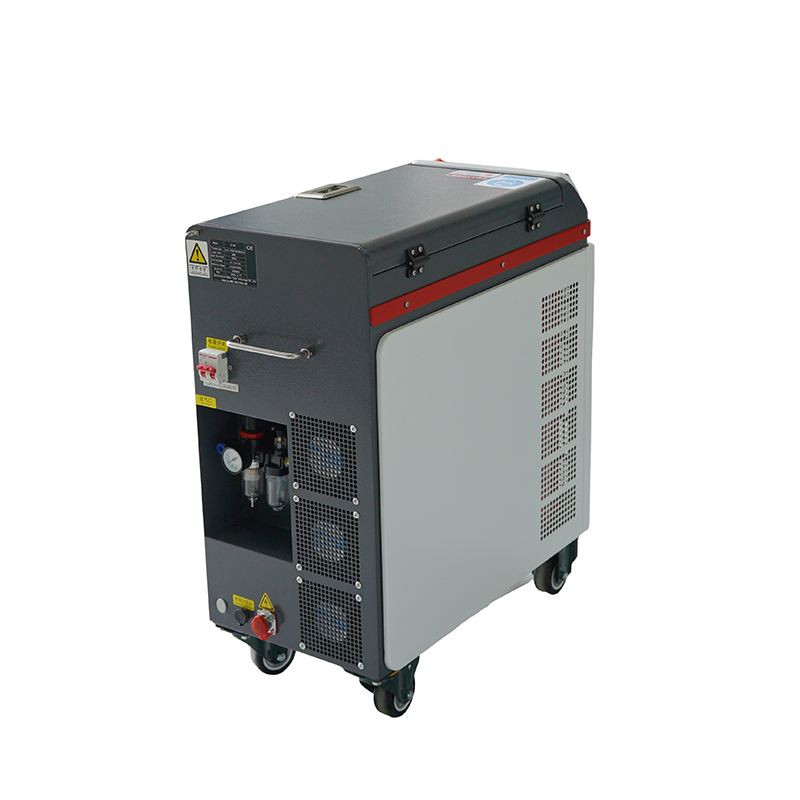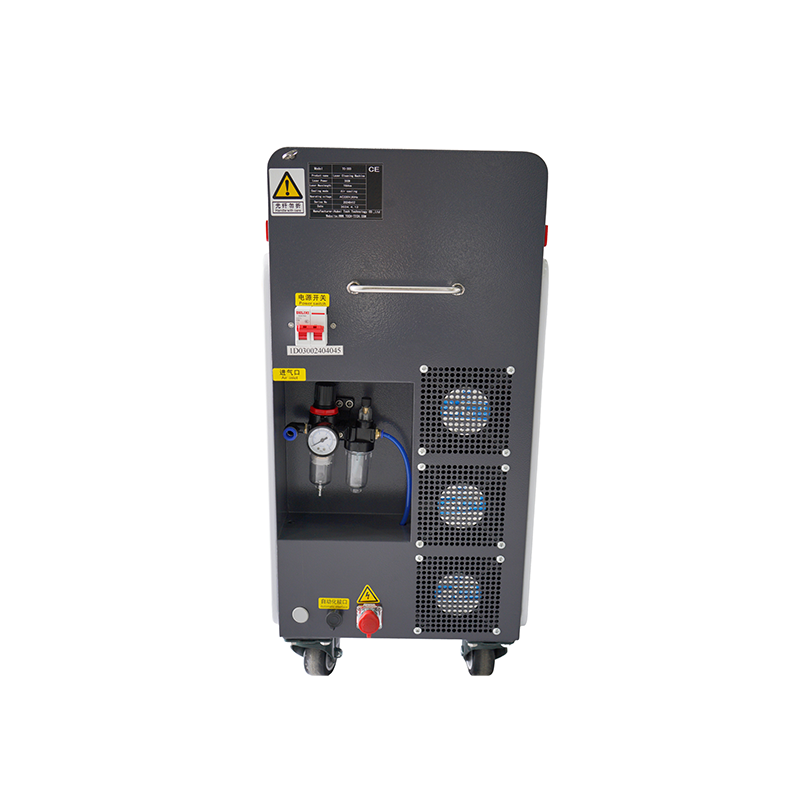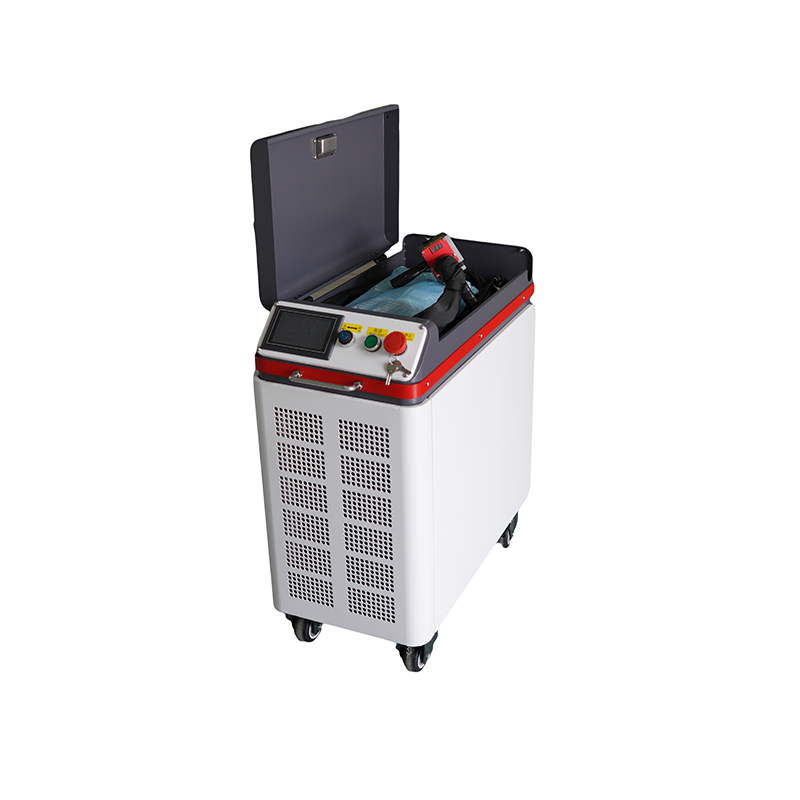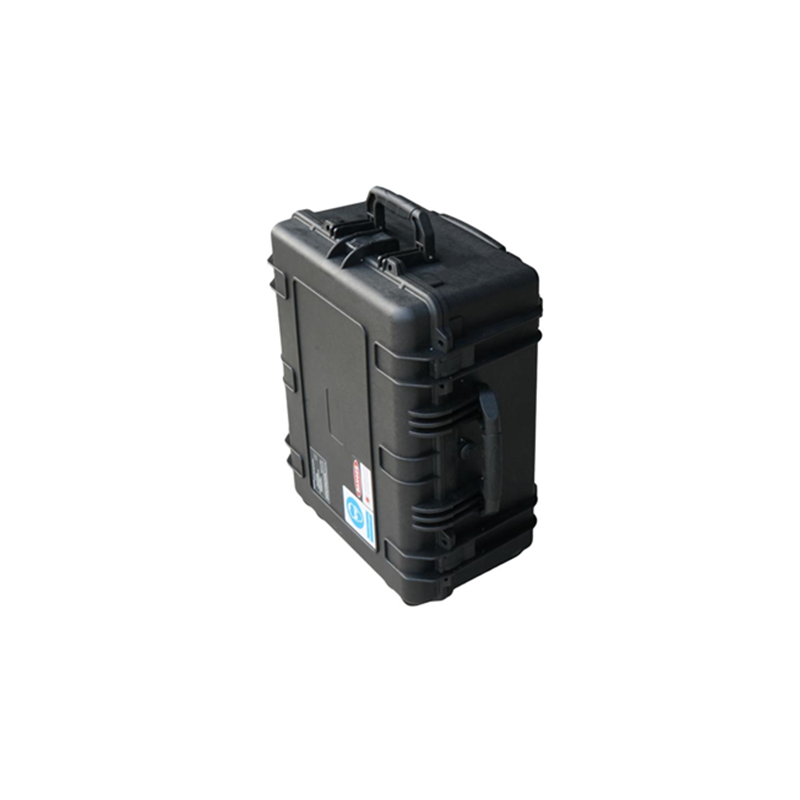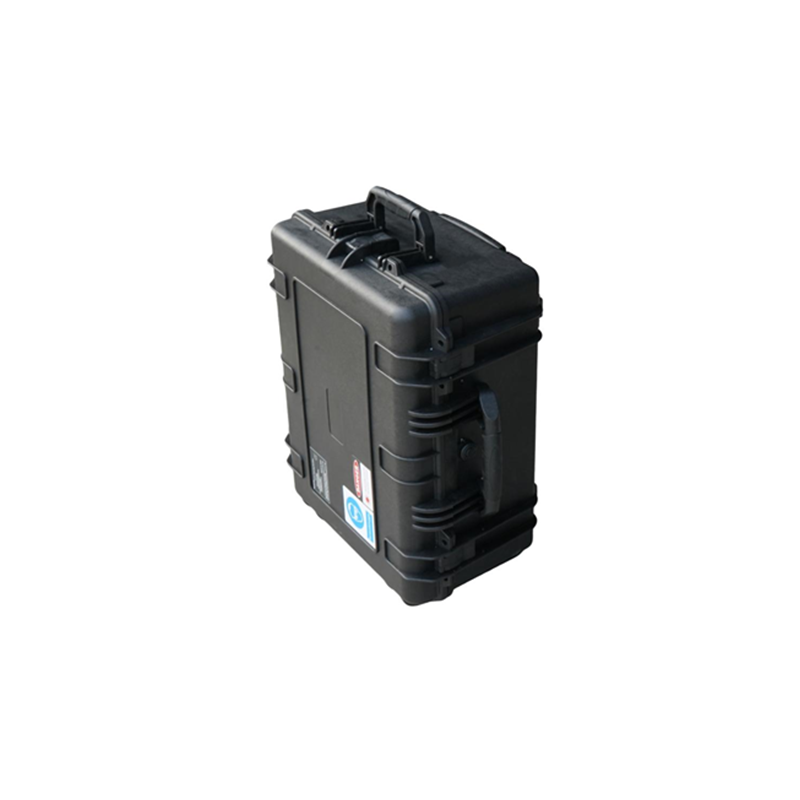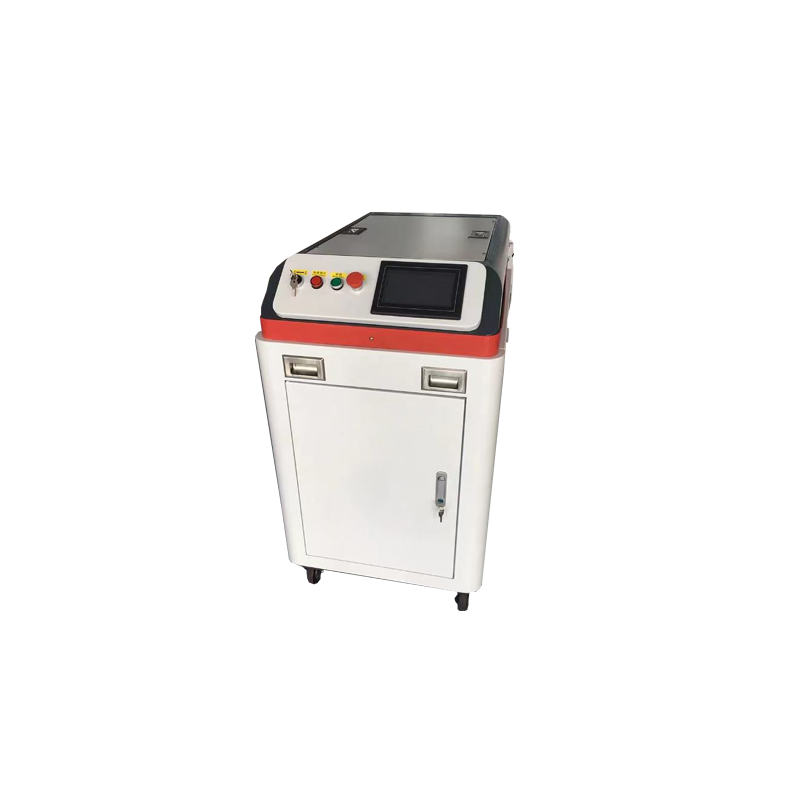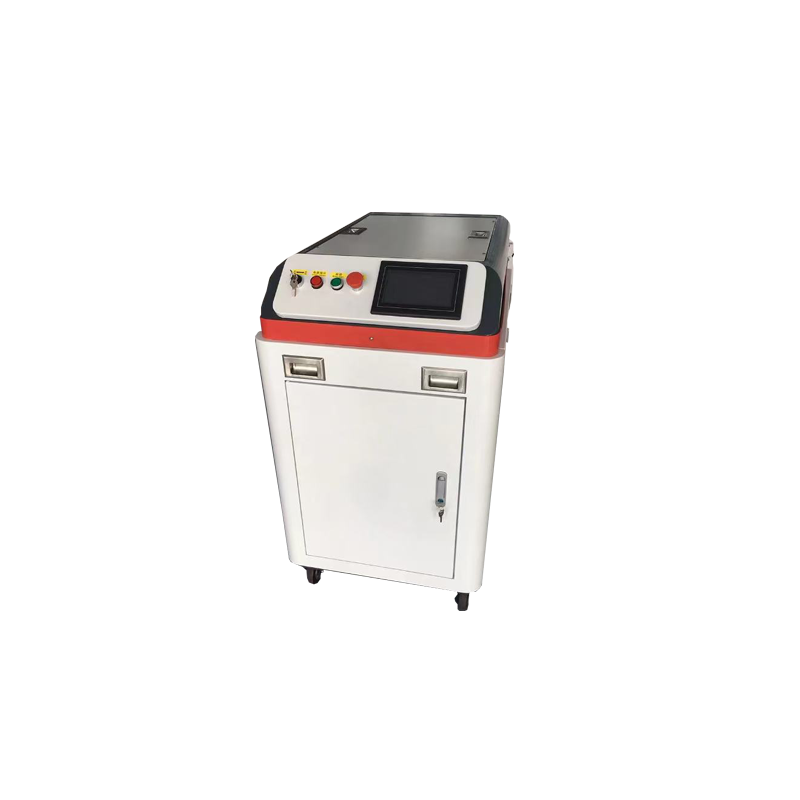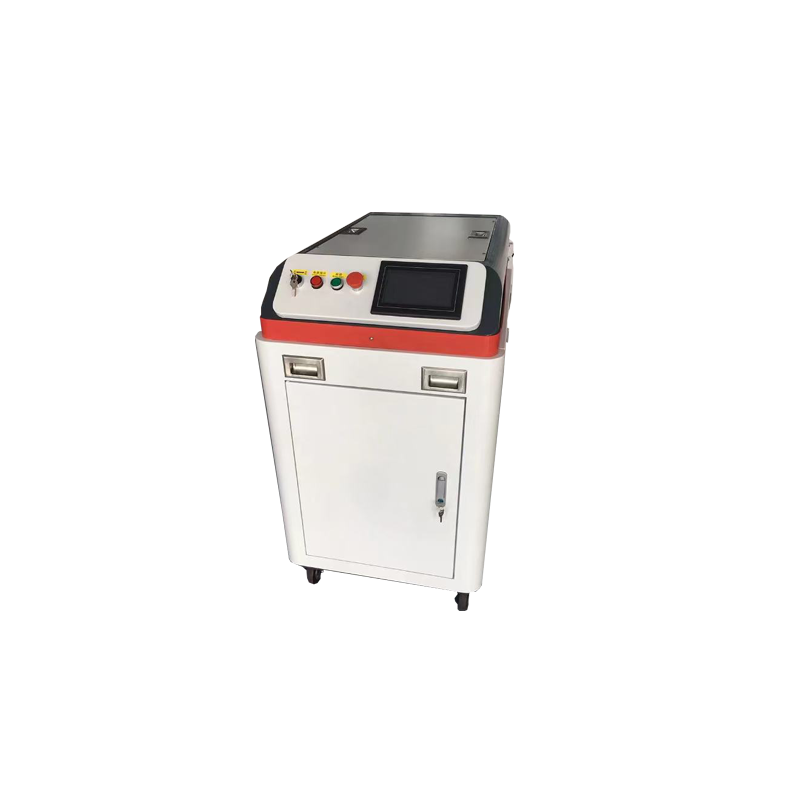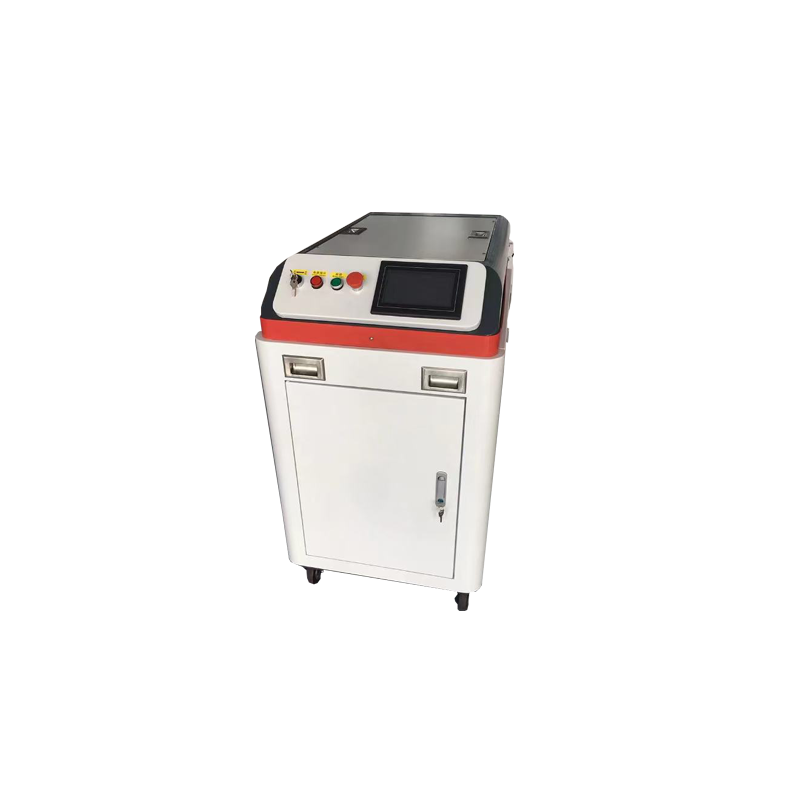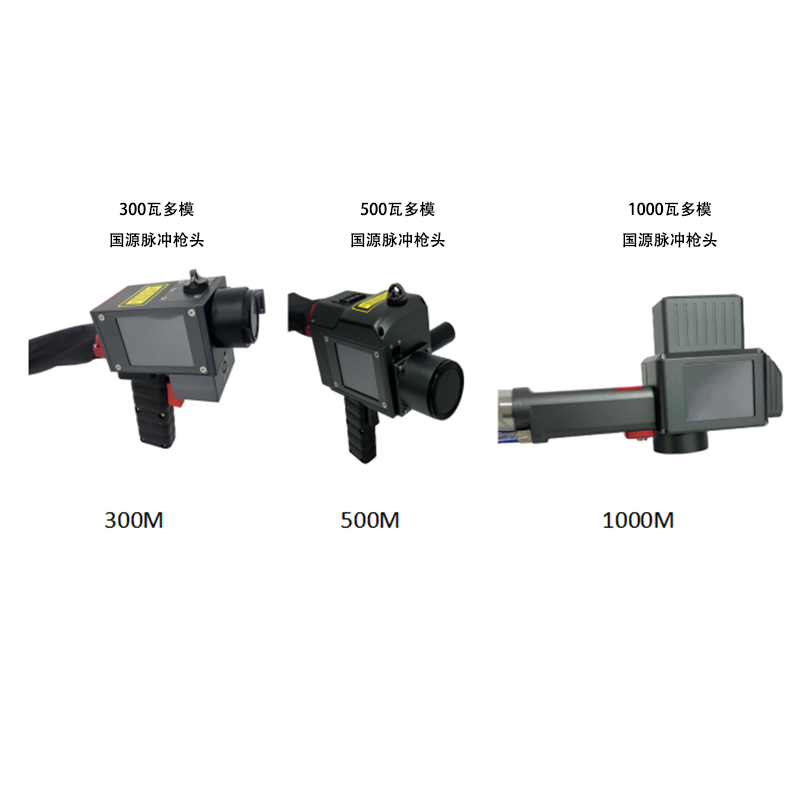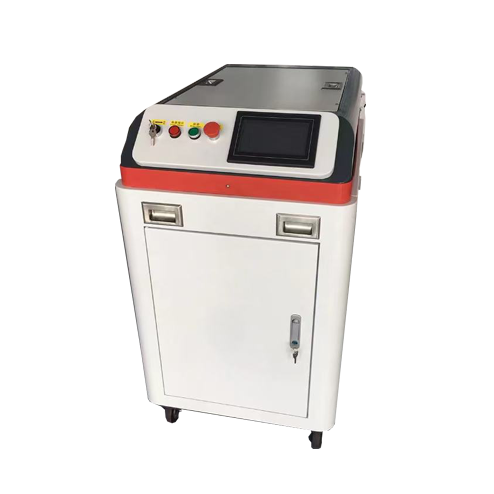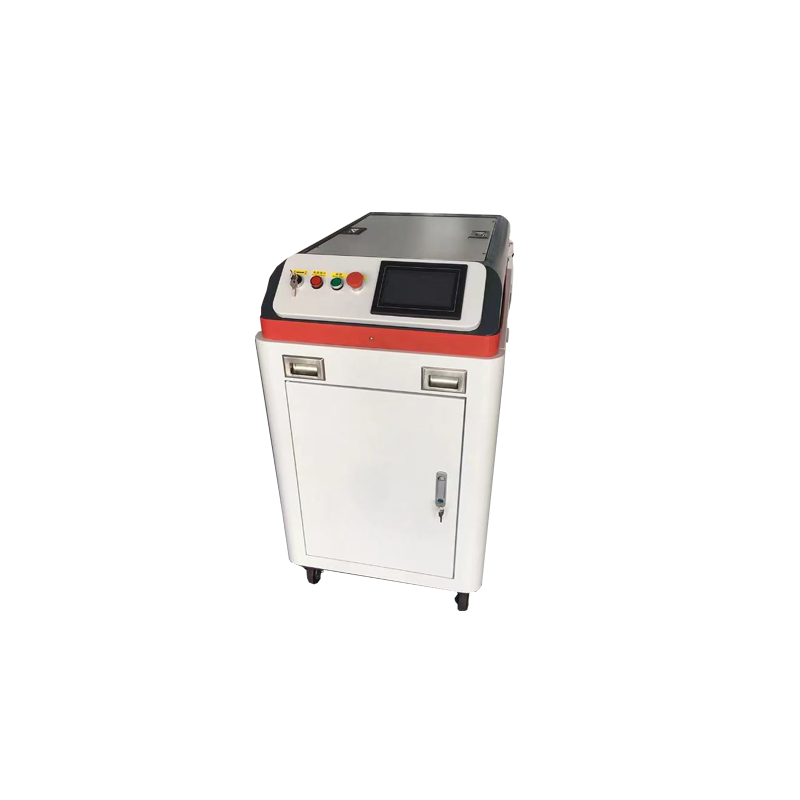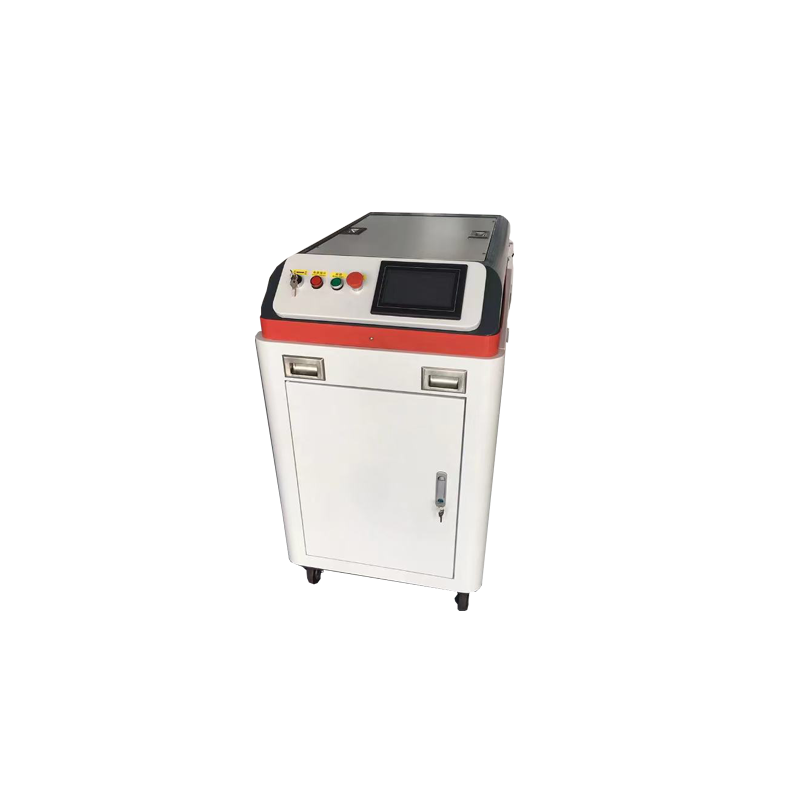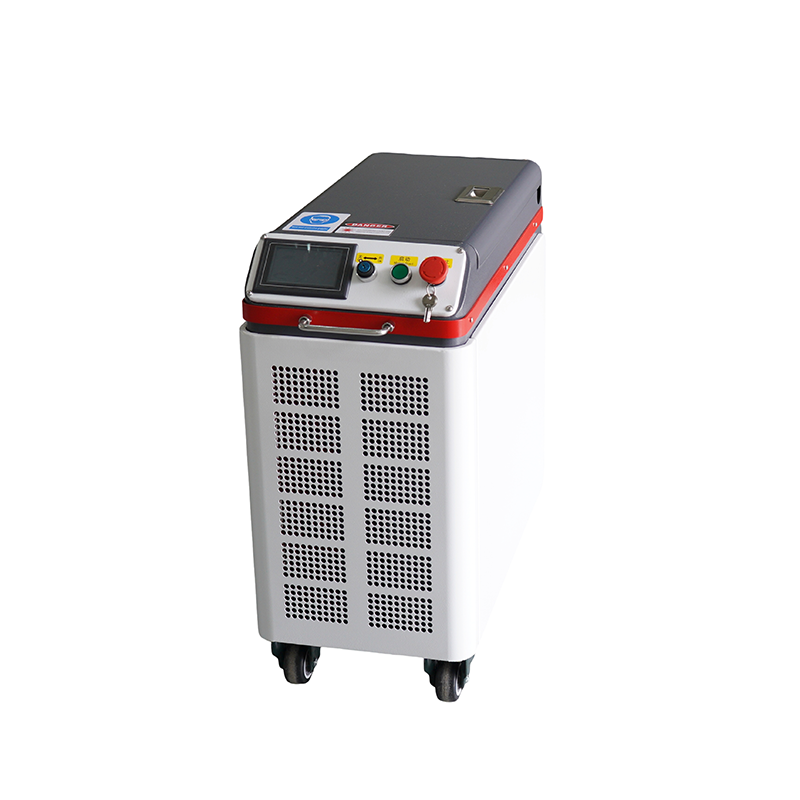- What Makes it Ideal for Exquisite Work?
- Key Applications in Exquisite Fields
- 1. Cultural Heritage & Art Restoration
- 2. Precision Manufacturing & Electronics
- 3. Jewelry and Luxury Goods
- 4. Aerospace & Automotive (Precision Components)
- 5. Research & Development Labs
- Advantages Over Traditional Methods in These Fields
- Limitations to Consider
- Conclusion
Of course. A 200W Pulsed Laser Cleaning Machine is an excellent tool for a wide range of "exquisite" or high-precision cleaning applications. Its relatively lower power (compared to industrial 500W-2000W models) is actually its greatest strength in delicate fields, as it provides exceptional control and minimizes the risk of damaging the substrate.
Here is a detailed breakdown of its use in exquisite fields.
What Makes it Ideal for Exquisite Work?
The key lies in the pulsed laser technology and the 200W power level:
Pulsed Laser: Emits light in extremely short, high-peak-power bursts (nanoseconds). This creates a micro-explosion on the contaminant's surface, ablating it without transferring significant heat to the underlying material. It's like using a scalpel instead of a blowtorch.
200W Power: This is a "sweet spot" power level. It's powerful enough to be effective and efficient, but low enough to allow for very fine control. It prevents the through-metal heating that higher-power continuous-wave lasers can cause on thin or delicate materials.
Key Applications in Exquisite Fields
1. Cultural Heritage & Art Restoration
This is a premier application. The laser can remove centuries of grime, soot, carbon crust, and unwanted varnish without touching the original paint, patina, or stone.
Examples: Cleaning ancient statues, restoring oil paintings, removing corrosion from bronze artifacts, cleaning delicate manuscripts (with extreme care).
Why 200W is perfect: The precision prevents any ablation of the original material. Conservators can work millimeter by millimeter with confidence.
2. Precision Manufacturing & Electronics
Cleaning critical components where any residue or micro-contaminant can cause failure.
Examples:
Welding Preparation: Cleaning oxidation and oils from precision weld seams on medical devices or aerospace components.
Mold Maintenance: Removing release agents and carbon deposits from high-precision injection molds without altering the micron-level tolerances of the mold surface.
Electronics: De-rusting and cleaning connector pins, removing coatings from circuit boards for rework.
Why 200W is perfect: It ensures no thermal distortion or damage to the base metal, which is crucial for parts with strict dimensional stability.
3. Jewelry and Luxury Goods
Restoring and refurbishing high-value items without the abrasiveness of traditional methods.
Examples:
Jewelry: Removing tarnish and fire scale from silver and gold without eroding any precious metal.
Watches: Precision cleaning of intricate watch components, gears, and cases.
Luxury Accessories: Cleaning molds used for producing leather goods or eyewear.
Why 200W is perfect: It preserves fine details, engravings, and the delicate finish of luxury items.
4. Aerospace & Automotive (Precision Components)
For cleaning sensitive parts before critical processes like bonding or coating.
Examples: Cleaning composite surfaces before adhesive bonding, removing anodization from small aluminum aircraft parts, de-rusting fuel injector components.
Why 200W is perfect: It meets the stringent safety and quality requirements of these industries by providing a contaminant-free, non-destructive cleaning process.
5. Research & Development Labs
Ideal for prototyping, testing cleaning parameters on new materials, and small-batch processing of experimental components.
Advantages Over Traditional Methods in These Fields
| Feature | Laser Cleaning (200W Pulsed) | Sandblasting / Chemical Cleaning |
|---|---|---|
| Contact | Non-contact (no wear on tool) | Abrasive / Chemical (damages substrate) |
| Precision | Extremely high (can focus on a tiny spot) | Low (blasts entire area) |
| Selectivity | Excellent (can tune to remove rust but not paint) | Poor (removes everything) |
| Heat Input | Minimal (pulsed) | Can be high (friction) or corrosive (chemical) |
| Environmental | Green (only requires electricity, waste is fume) | Hazardous (toxic chemicals, abrasive dust) |
| Automation | Easy to integrate with robots/CNC | Difficult and messy to automate precisely |
Limitations to Consider
Speed: For large-scale, heavy rust removal on industrial structures, a 200W laser will be slower than a 1000W model. Its strength is precision, not bulk material removal.
Material Compatibility: Certain materials like PVC or other chlorinated plastics can produce toxic chlorine gas when ablated. Always test on a small area first.
Reflective Surfaces: Highly reflective materials like pure, unoxidized aluminum or copper can be more challenging as they reflect the laser energy. However, once an oxide layer is present, absorption improves.
Conclusion
The 200W Pulsed Laser Cleaning Machine is not a brute-force tool; it is a surgical instrument for surface treatment. In "exquisite fields" where the integrity, value, and precision of the object are paramount, it is an unparalleled technology. It enables restoration, maintenance, and manufacturing at a level of cleanliness and care that was previously impossible, making it a wise investment for workshops, labs, and studios focused on high-value, delicate work.

